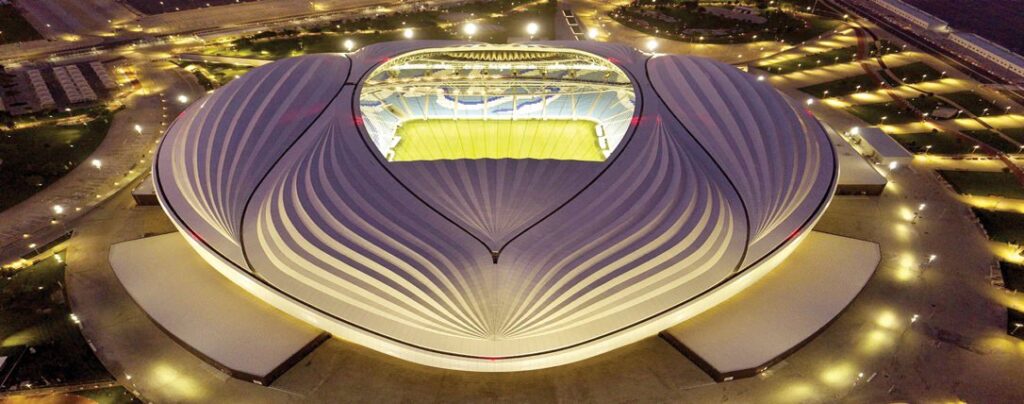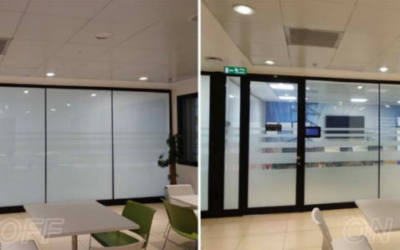The Stadiums in Qatar’s Football World Cup
In light of the start of the World Cup matches, Qatar has succeeded in attracting the attention of the world through global preparations with an Arabic touch combined with the latest modern designs, which made the whole world praise the efforts made.
Among the most important preparations, the stadiums designed played a major role in proving Qatar’s readiness to host the World Cup.
Through this article, we will present the international stadiums and companies that designed and equipped each stadium.
Where Dar Al-Handasah Company designed two of the stadiums, the first of which is the Al-Bayt Stadium, where the design was inspired by the ancient Arab poetry verse of the Bedouin people.
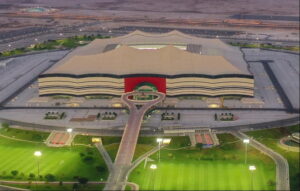
In addition to the company also developed Khalifa International Stadium to suit the international standards of FIFA, which represents two double arches, in addition to a wide canopy with a cooling system.
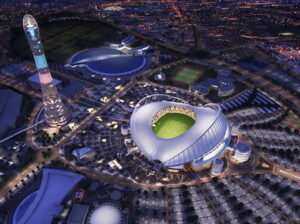
Whereas Zaha Hadid company designed the Al Janoub Stadium, which forms an outer shell with a traditional boat inside in an innovative way.
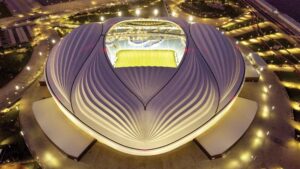
Ibrahim Al-Jaidah Company also designed Al-Thumama Stadium, which is meant to look like the “Qatari Qahfiya” (traditional Arabic men’s cap) with a modern twist.
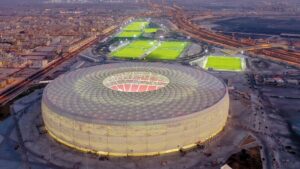
Lusail Stadium, which was also designed by Foster & Partners, is a modern stadium with an Arabic design, and it forms the traditional Arab lighthouse, or what is called the lantern.
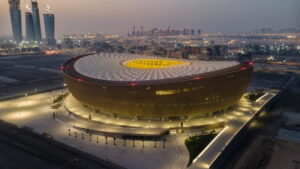
Stadium 974 was designed by the Architectural Company Fionik Yeribarin, which was designed using ship containers, the inspiration of the stadium was came from its location near the sea.
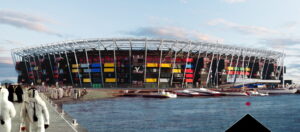
Where some companies cooperated to design two other stadiums, namely:
Ahmed Ali Stadium, by Pattern Design Company and Ramboll Engineering, is a Qatari cultural symbol, as it reflects and represents the desert and cultural beauty.
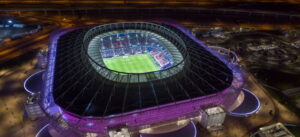
Finally, the Education City Stadium, which was jointly designed by the two companies, Pattern Design and Fenwick Yeribaren Architects, whose design resembles a diamond or a serrated jewel.
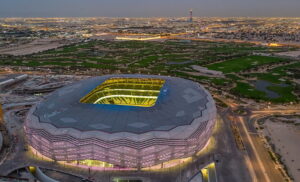
The article was written by: Ghayadah Al Balushi
